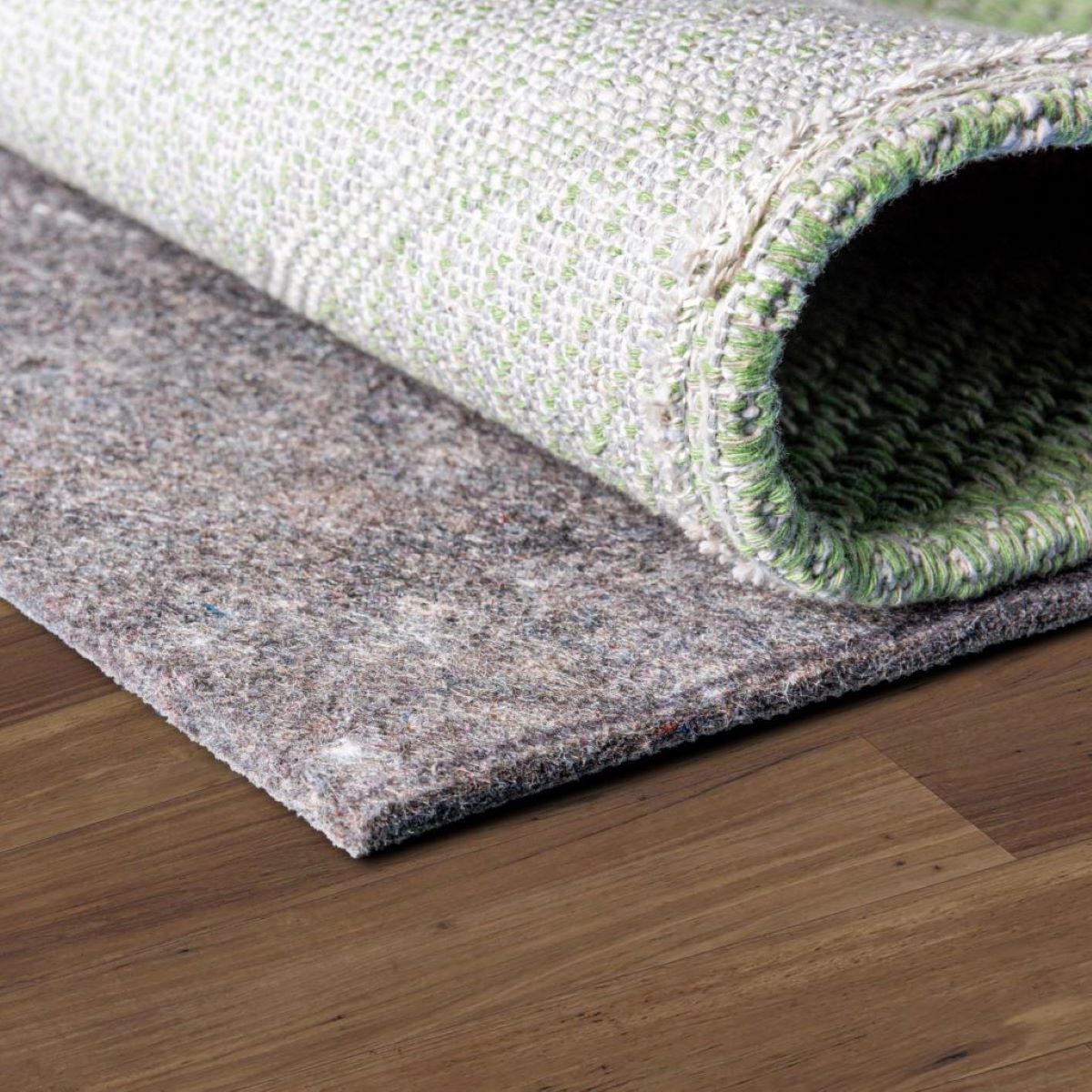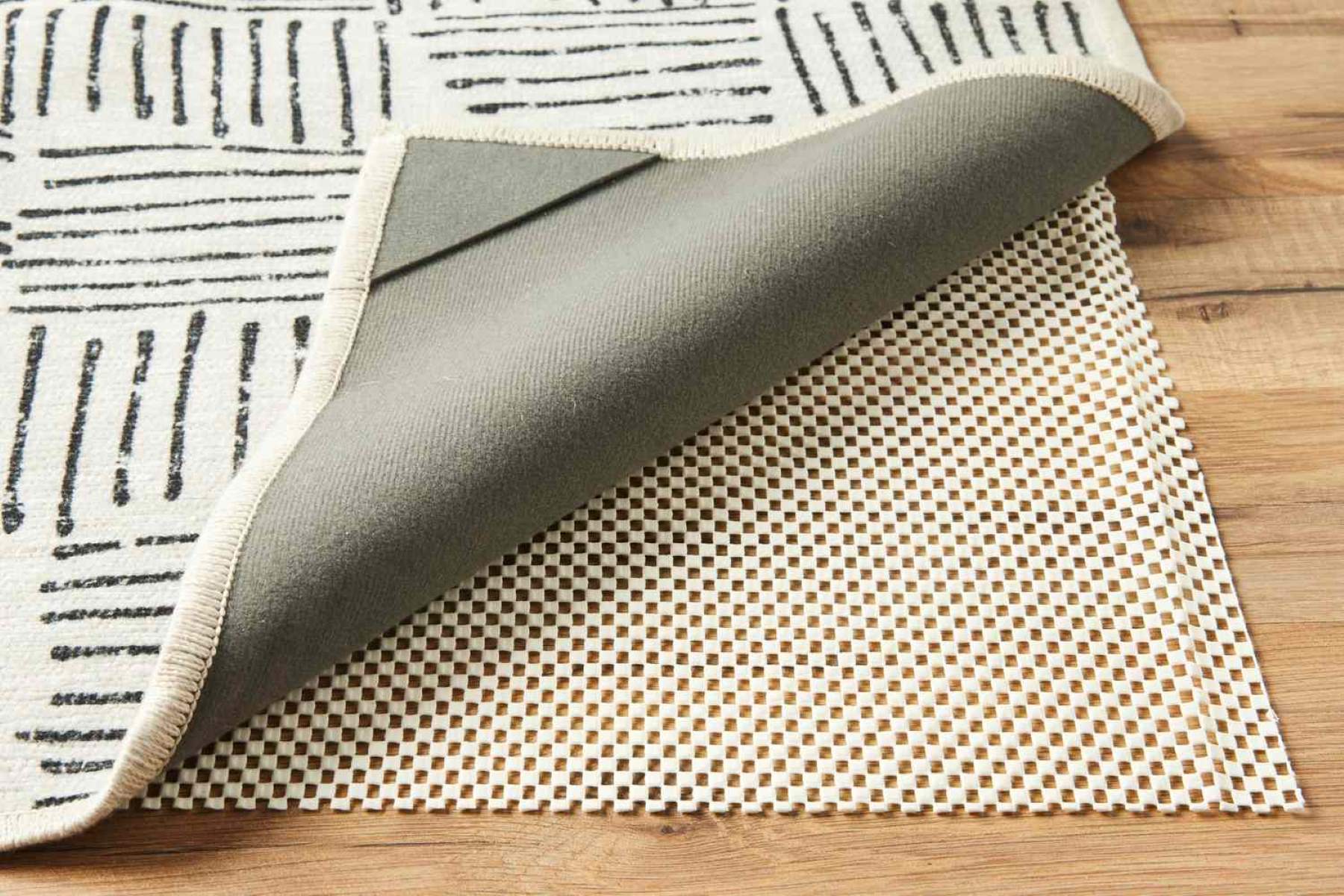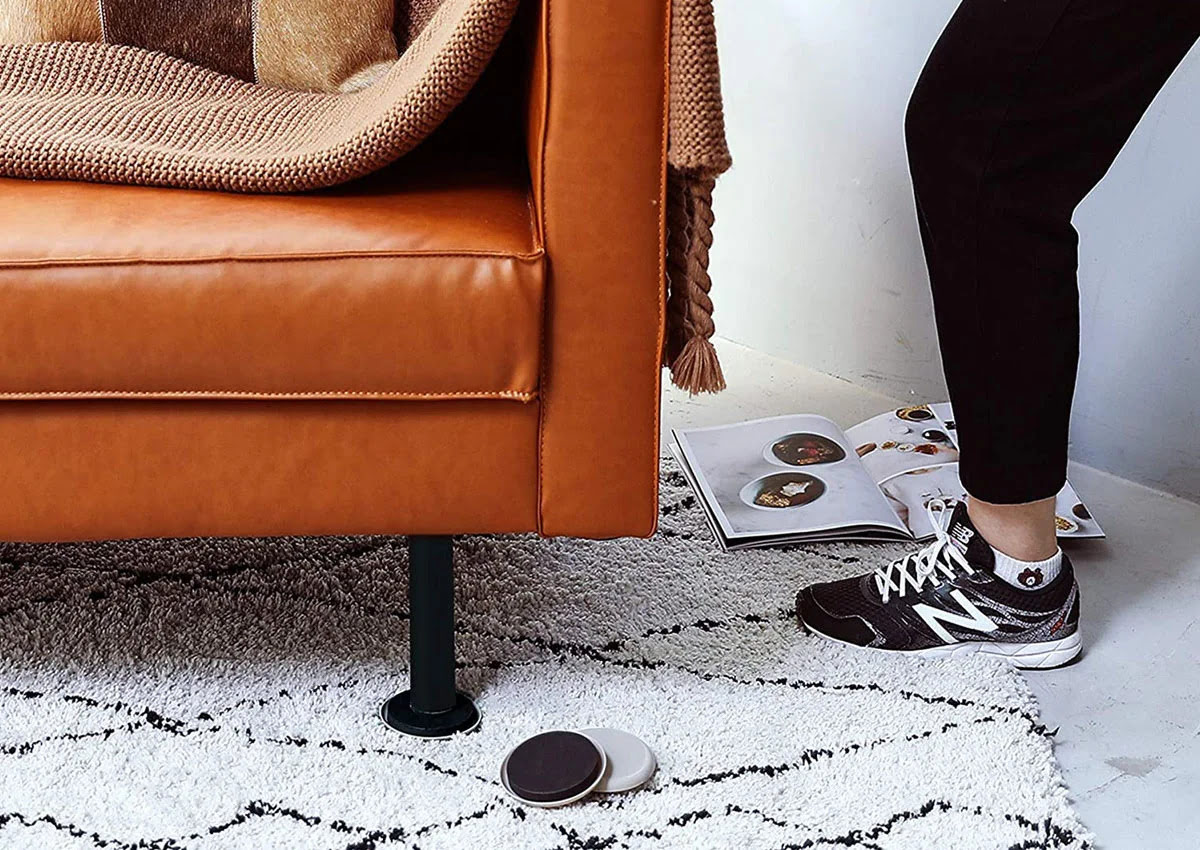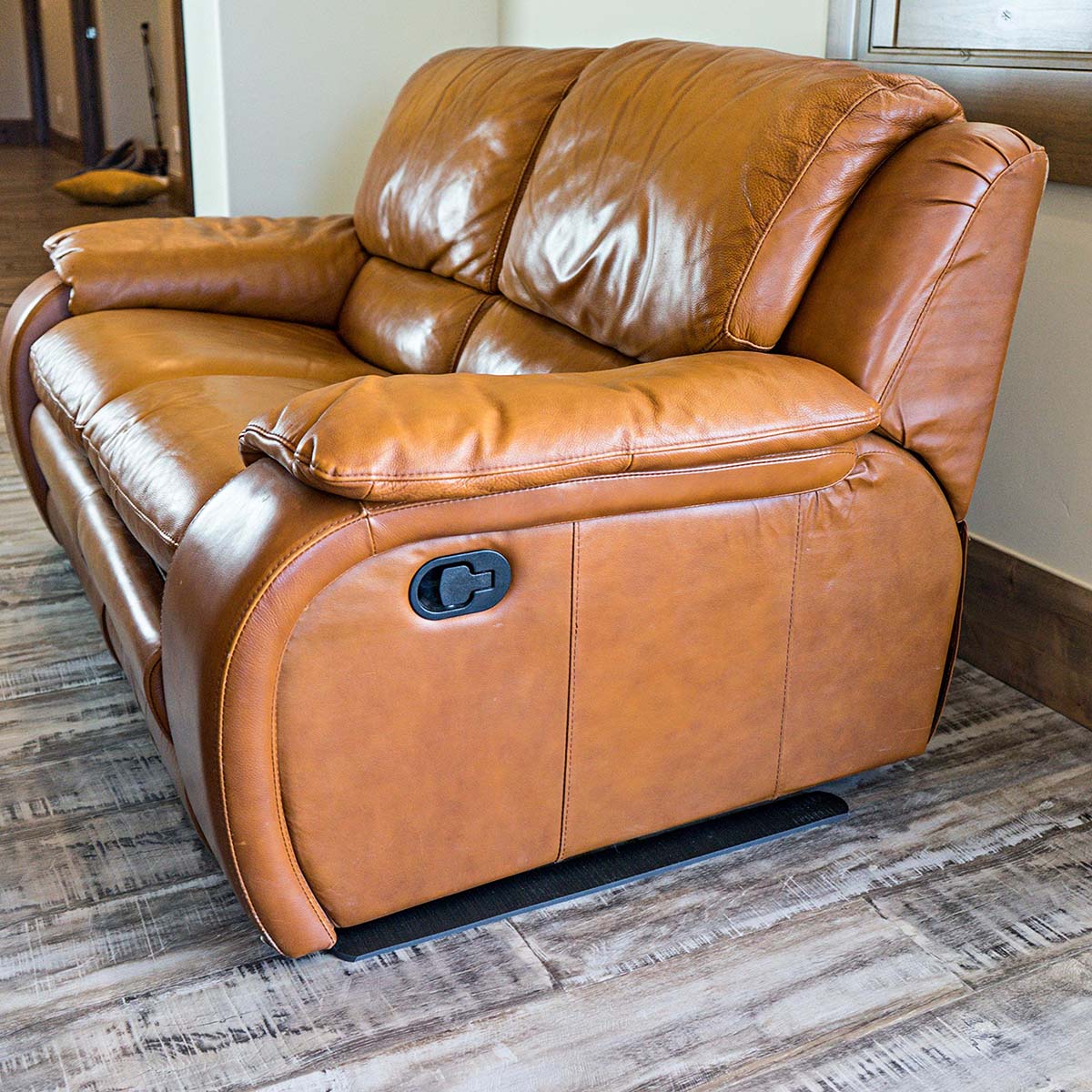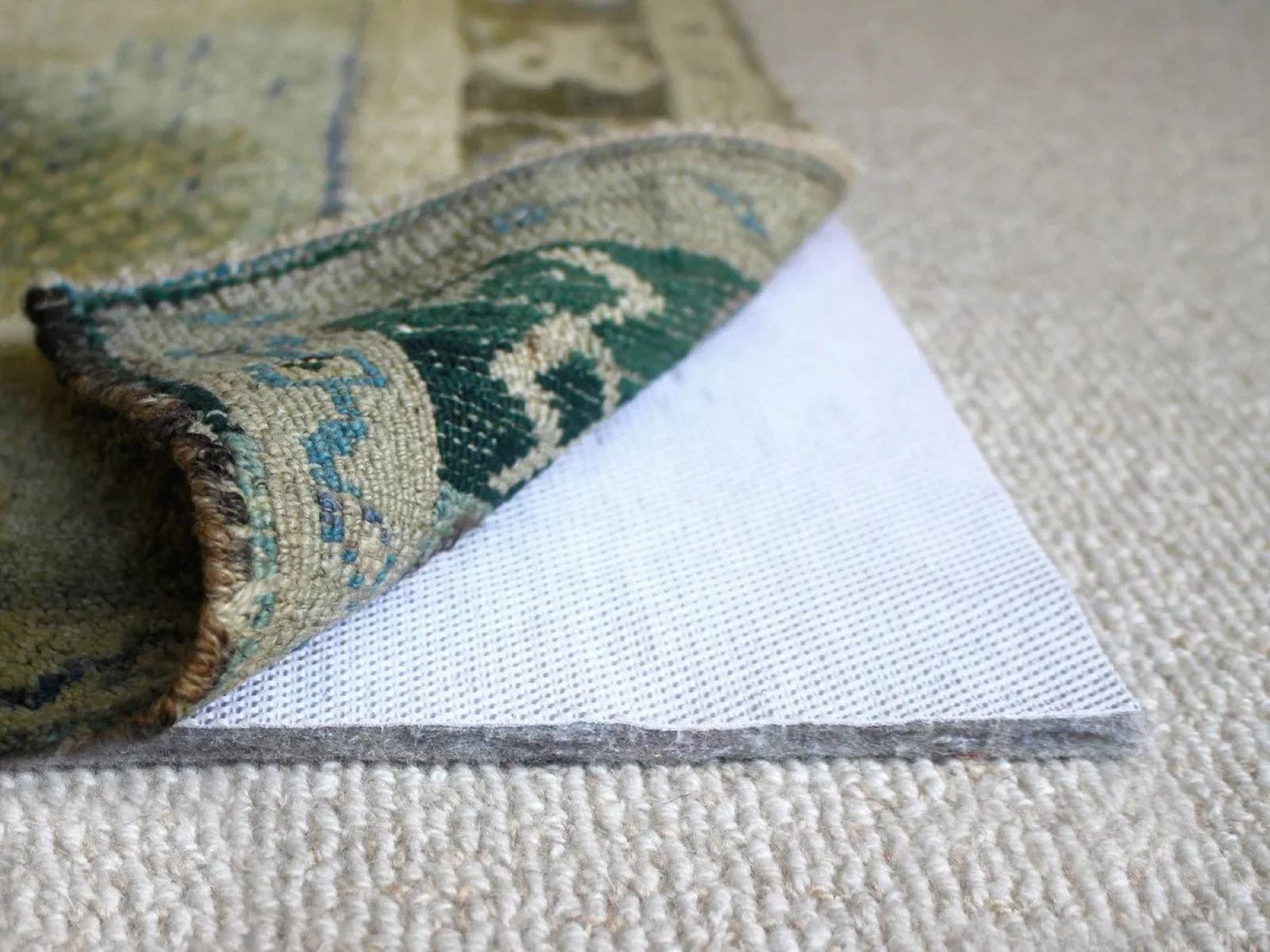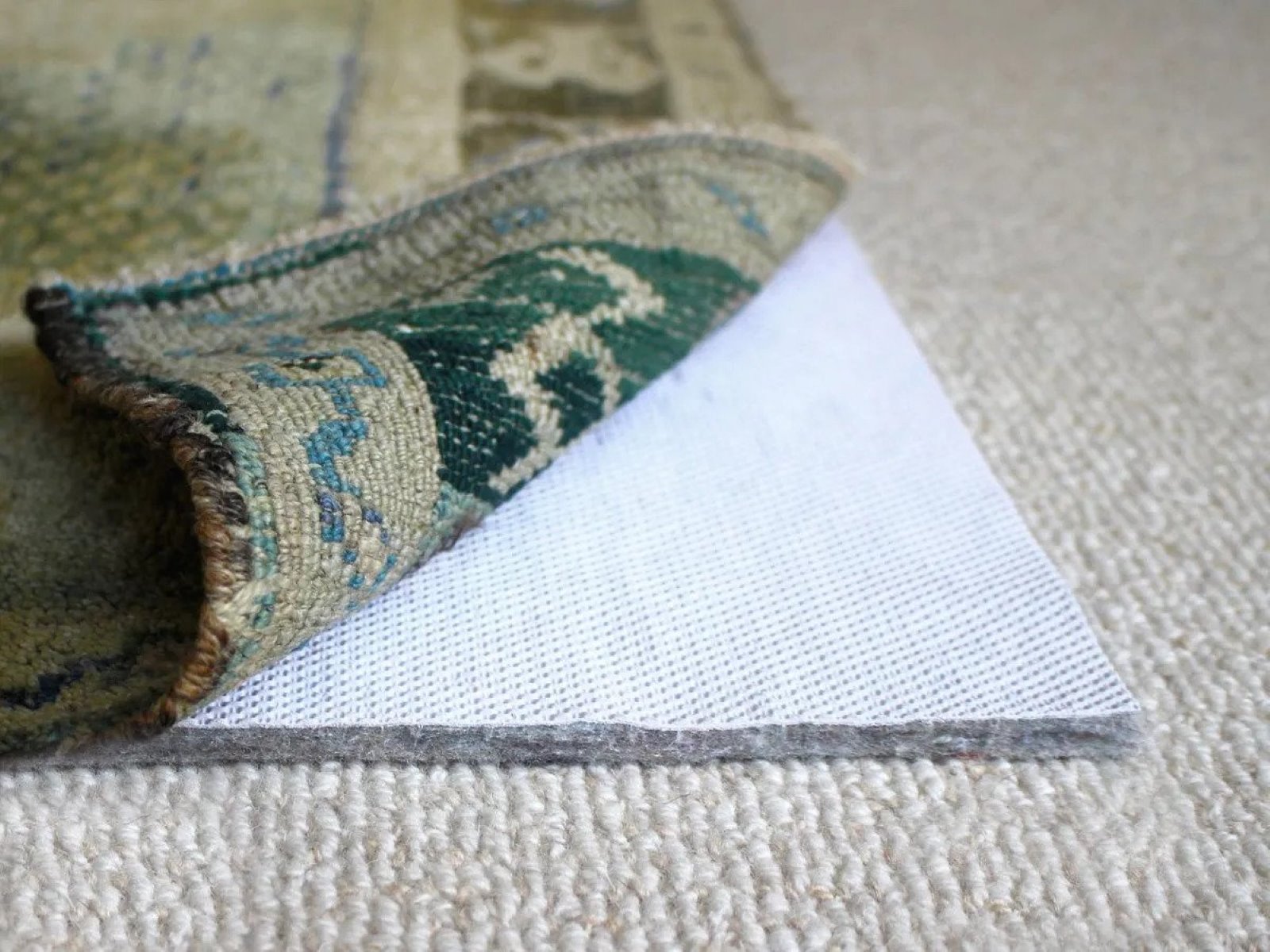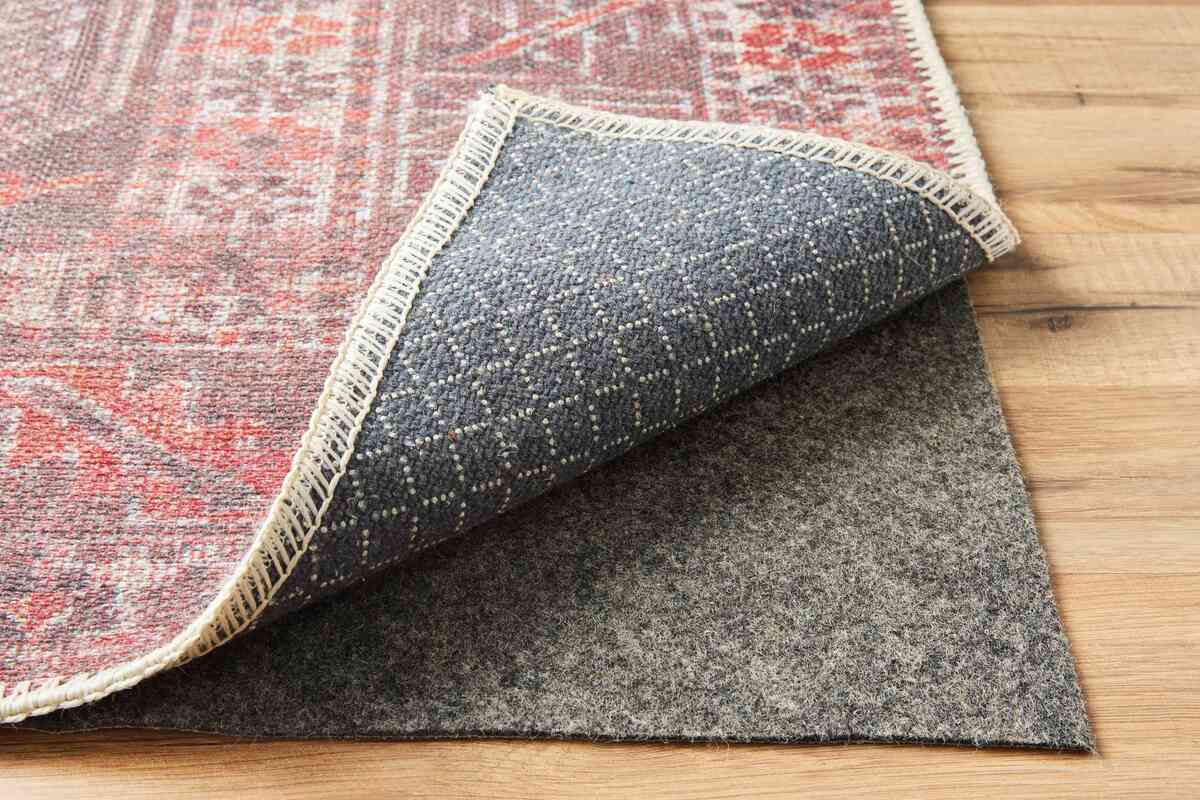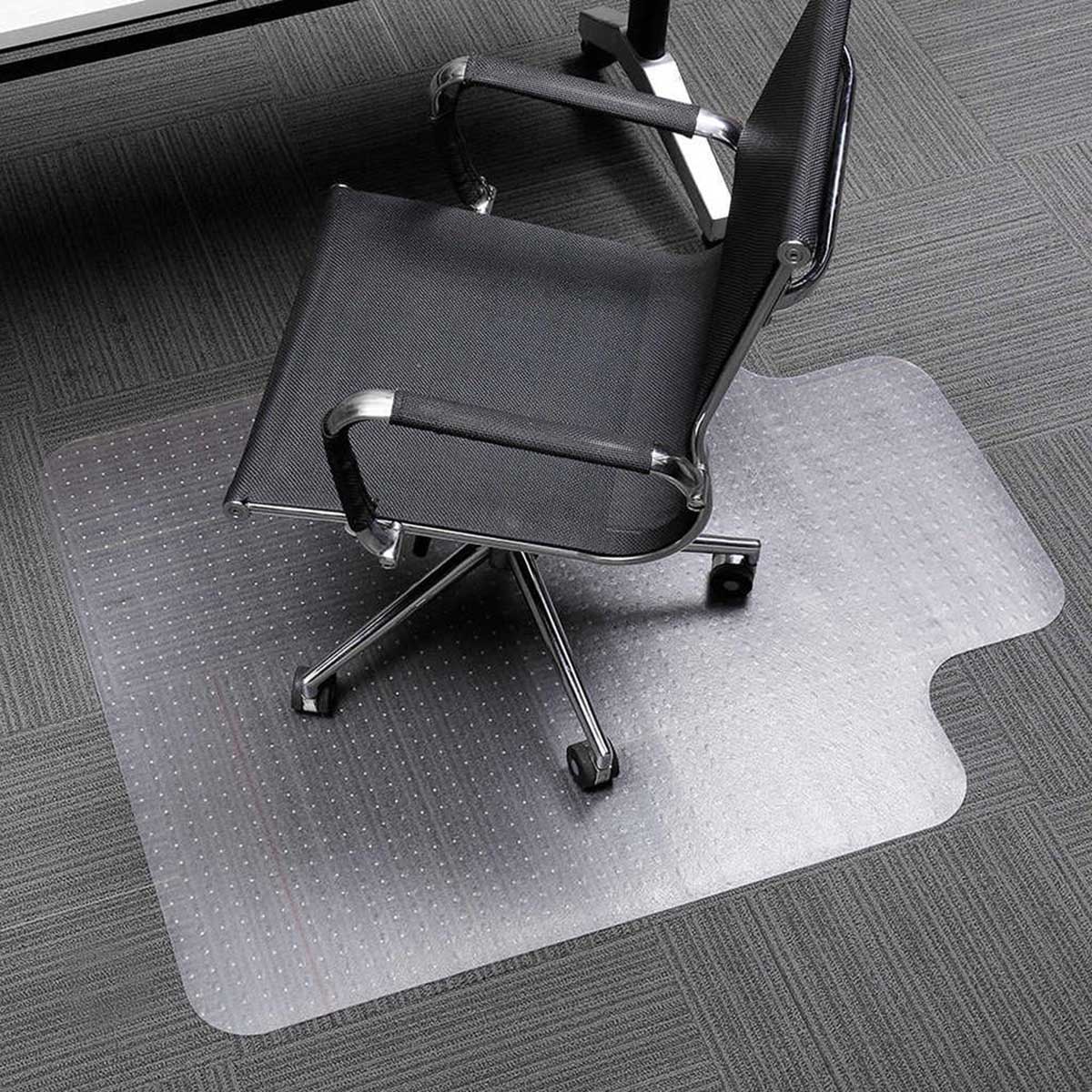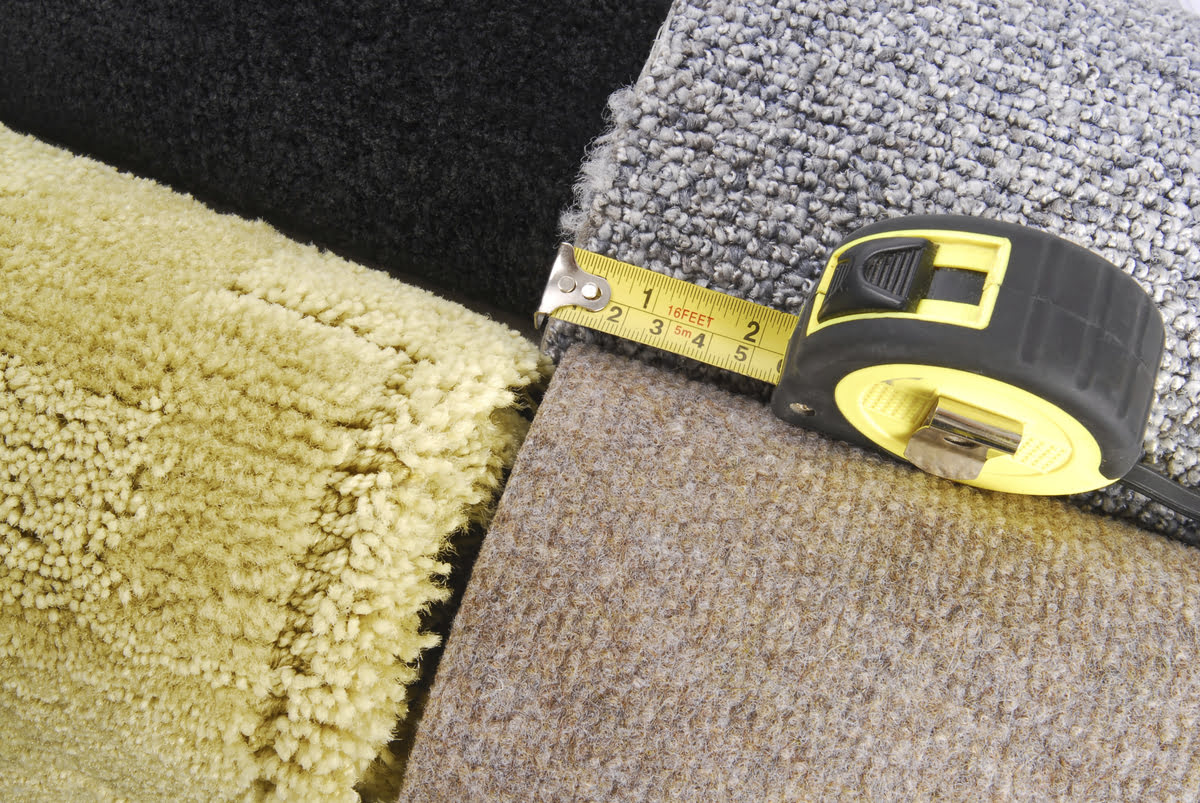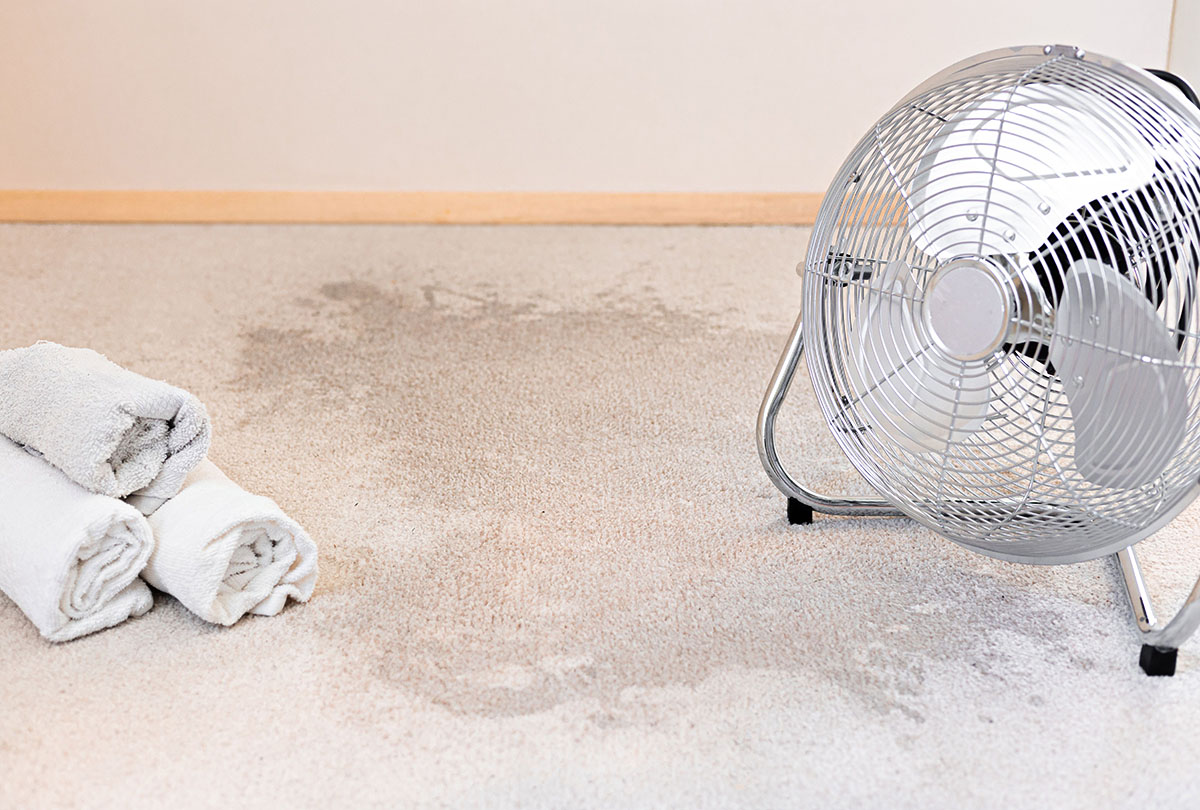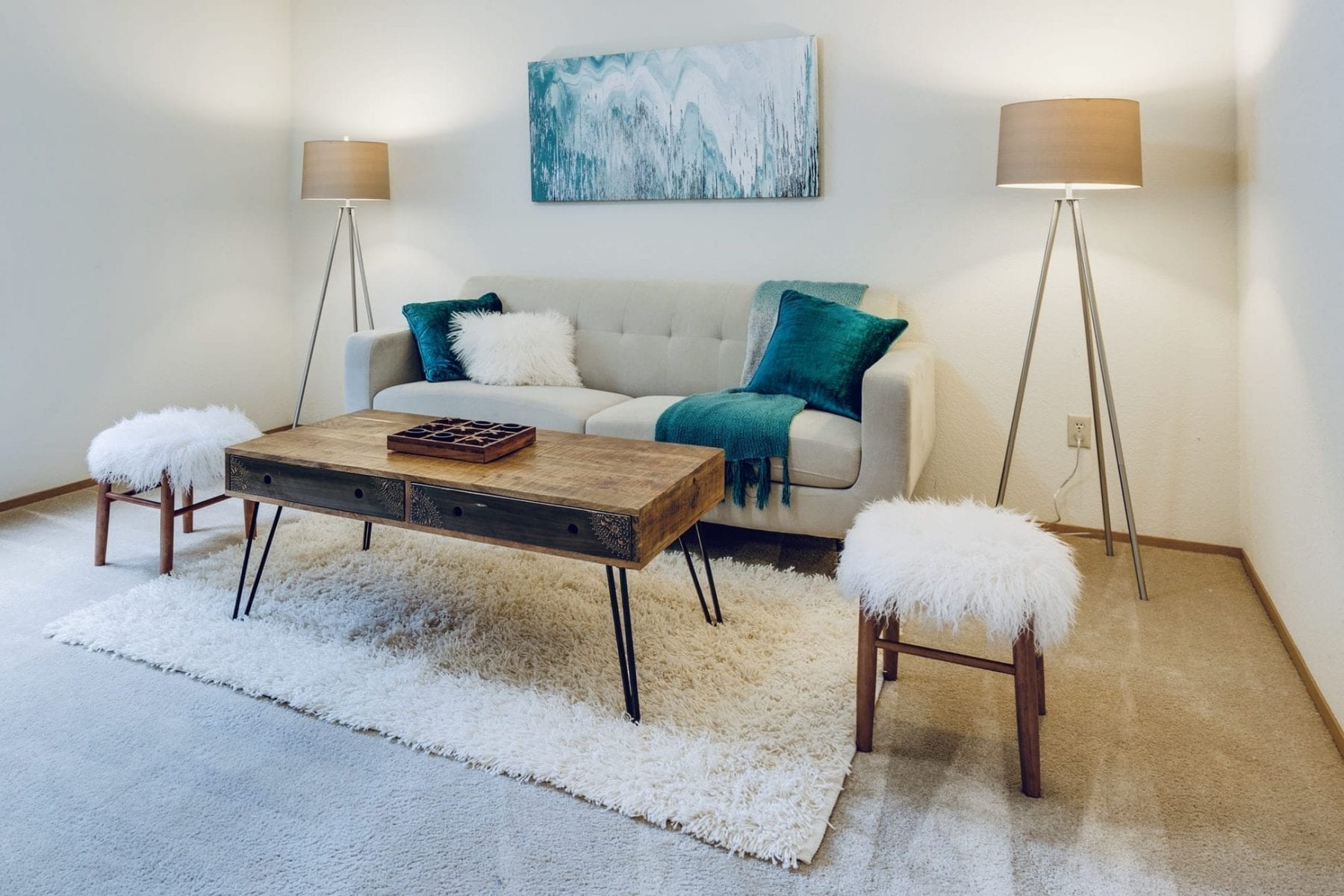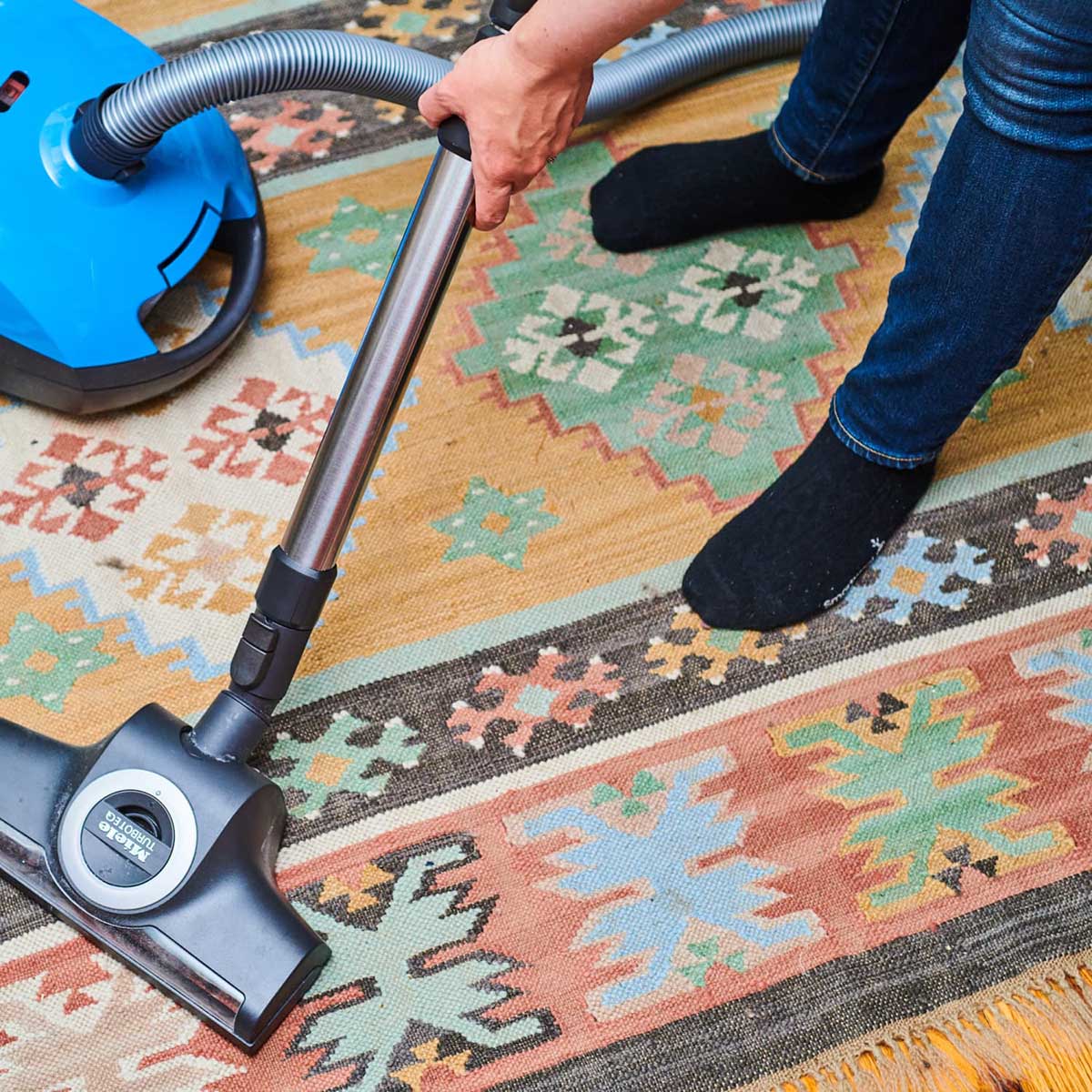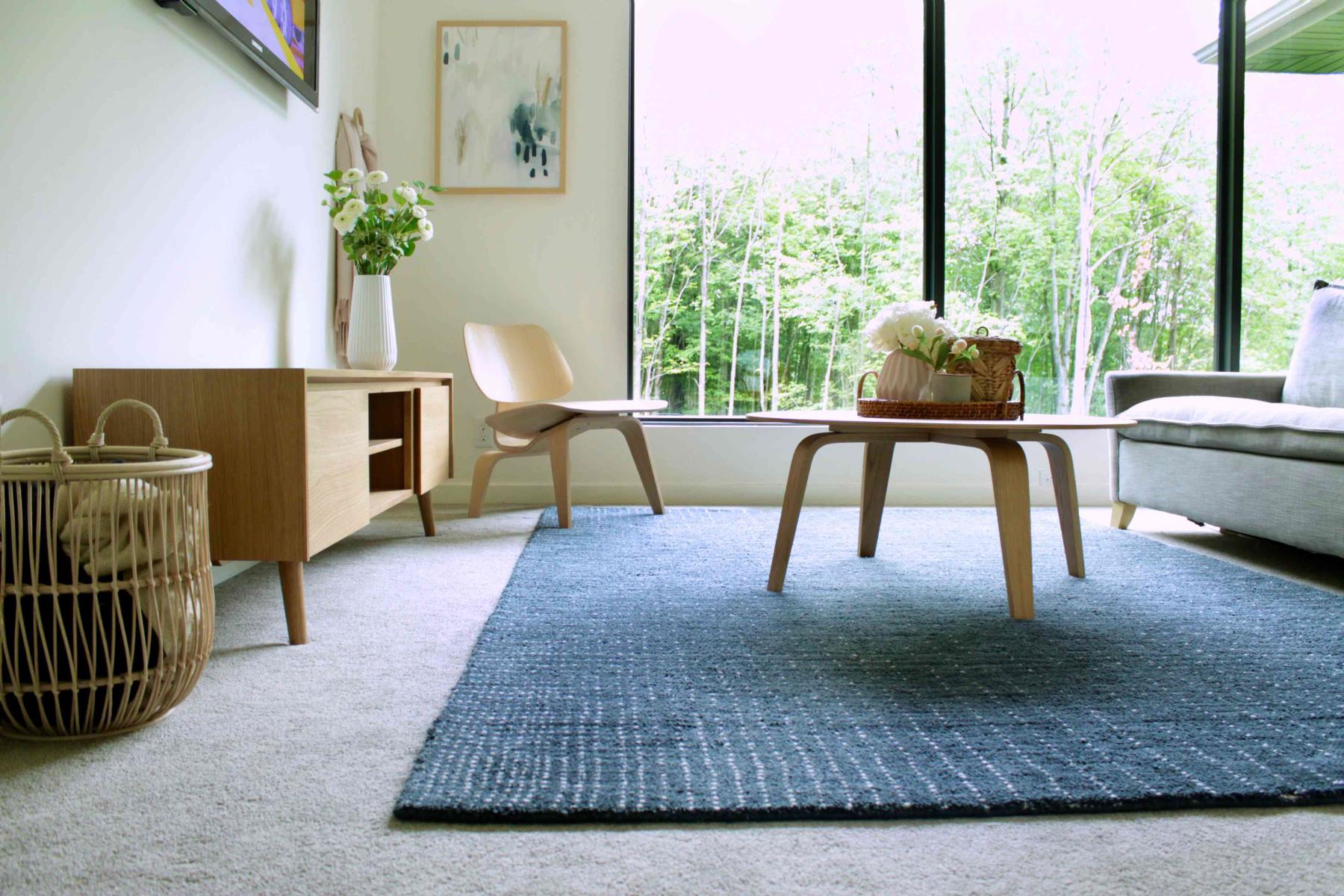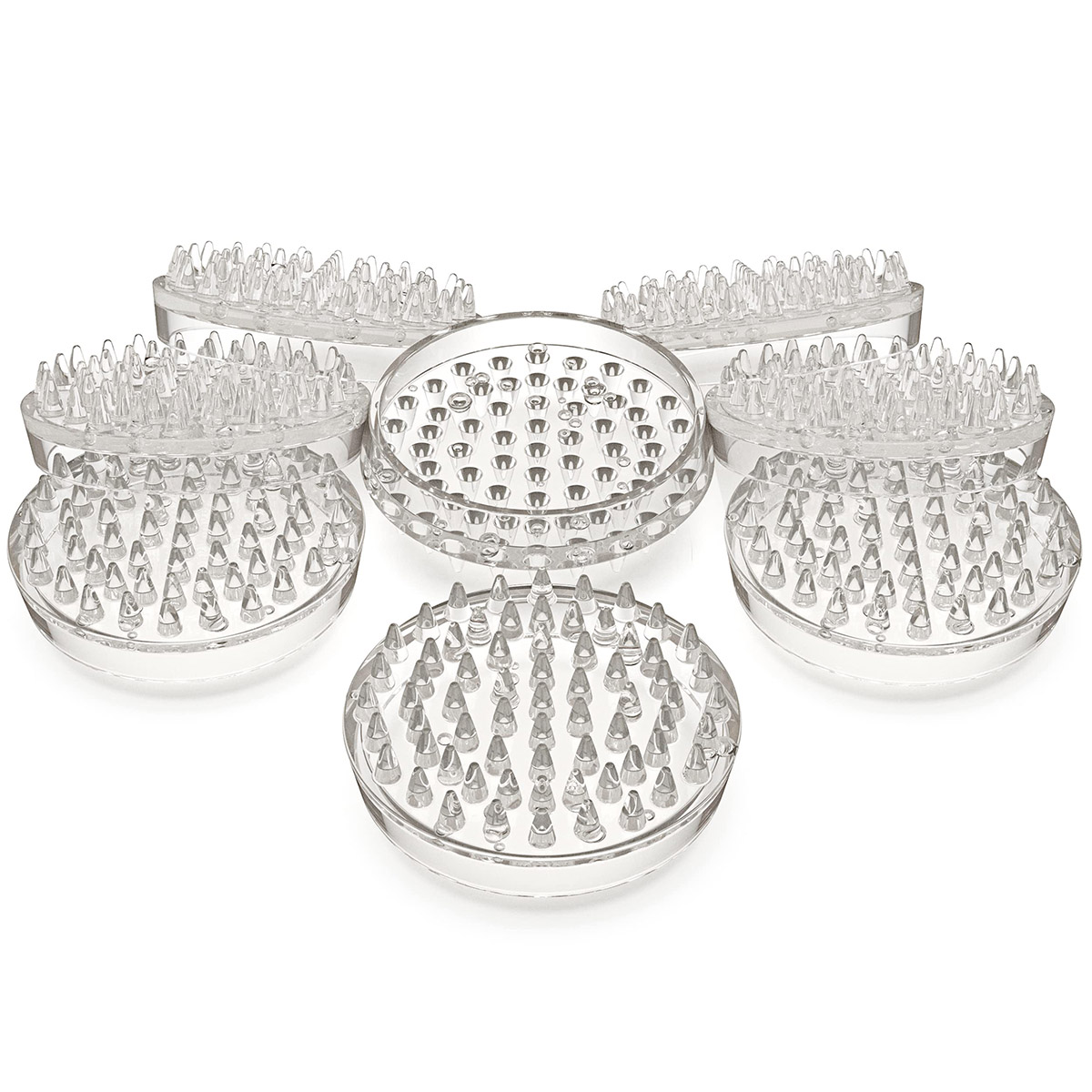Home>Articles>How To Prevent A Rug From Bunching On A Carpet
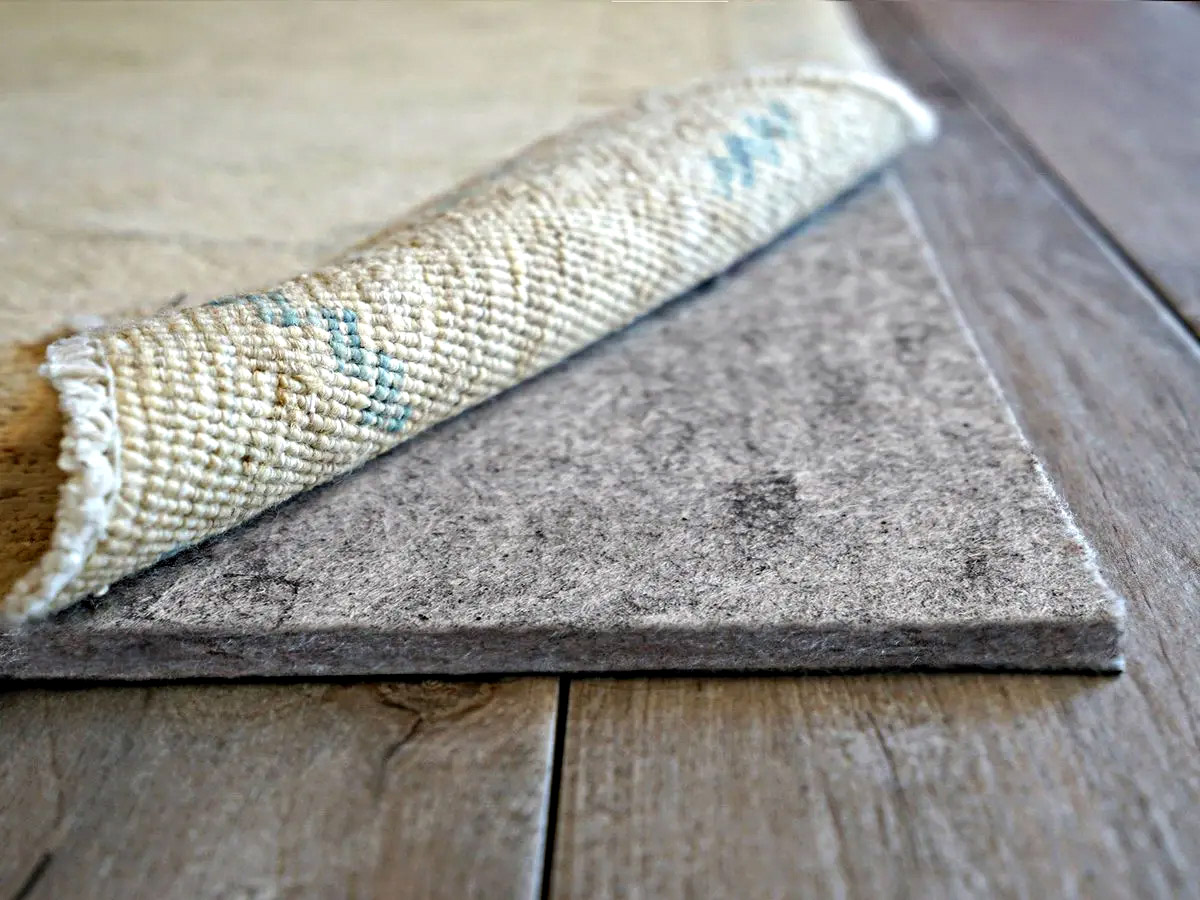

Articles
How To Prevent A Rug From Bunching On A Carpet
Modified: March 6, 2024
Learn effective tips and techniques to prevent your rug from bunching on a carpet with these informative articles. Enhance the longevity and appearance of your floor coverings.
(Many of the links in this article redirect to a specific reviewed product. Your purchase of these products through affiliate links helps to generate commission for Storables.com, at no extra cost. Learn more)
Introduction
Having a rug on top of a carpet can add style, warmth, and comfort to any room. However, one common issue that many people face is rug bunching. There’s nothing more frustrating than seeing your beautiful rug become wrinkled and out of place, creating a tripping hazard and an unsightly appearance. So, how can you prevent a rug from bunching on a carpet?
In this article, we will explore the various causes of rug bunching and provide you with practical tips and solutions to keep your rug in place. By understanding these causes and implementing the right methods, you can enjoy a smooth and securely anchored rug that adds charm to your space without any hassle.
So, let’s dive right in and discover how to tackle this common issue!
Key Takeaways:
- Say goodbye to rug bunching by choosing the right rug pad, securing with heavy-duty tape, using rug grippers, and applying Velcro. Regular maintenance is key to keeping your rug in place and looking great!
- Prevent rug bunching on carpet by understanding the causes, choosing the right solutions, and maintaining your rug. Enjoy a safe, stylish, and hassle-free space with these simple strategies!
Read more: How To Keep A Rug From Bunching On A Carpet
Understanding the Cause of Rug Bunching
Before we delve into the solutions, it’s essential to understand the underlying causes of rug bunching. By identifying the root problem, you can address it more effectively and prevent future occurrences.
One primary cause of rug bunching is inadequate friction between the rug and the carpet. When walking or moving furniture on the rug, the friction generated can cause the rug to shift and bunch up. This lack of grip can be particularly problematic on smooth or low-pile carpets.
Poor rug construction or design can also contribute to rug bunching. If a rug is not woven or tufted properly, it may be prone to wrinkles and ripples, resulting in a bunched-up appearance.
Furthermore, heavy foot traffic can gradually displace a rug over time, leading to bunching. High-traffic areas, such as entryways or living rooms, are more prone to this issue.
Lastly, the size and weight of the rug compared to the carpet can also play a role in rug bunching. Larger or heavier rugs are more likely to move and bunch up, especially if they are not secured properly.
By identifying the cause or combination of factors contributing to rug bunching in your specific case, you can tailor your solutions accordingly for optimal results.
Choosing the Right Rug Pad
When it comes to preventing rug bunching, having the right rug pad is crucial. A rug pad provides an extra layer of cushioning, stability, and grip between the rug and the carpet, helping to keep it in place.
When selecting a rug pad, consider the following factors:
- Type of Material: Opt for a rug pad made from materials such as natural rubber or felt, as these provide excellent grip and prevent slipping. Avoid pads made from PVC or plastic, as they can cause discoloration and damage to the carpet.
- Thickness: Choose a rug pad with an appropriate thickness, depending on the pile height and thickness of your rug. A thicker pad will provide more cushioning but may raise the rug slightly, so ensure it doesn’t cause tripping hazards.
- Size: Cut the rug pad to the exact dimensions of your rug or slightly smaller. Avoid using oversized rug pads, as they can cause the rug to buckle and bunch up.
- Reviews and Ratings: Read customer reviews and check the ratings of the rug pad you’re considering. Look for positive feedback regarding its ability to prevent rug bunching and maintain grip.
By investing in a high-quality rug pad that suits your specific needs, you can significantly reduce the chances of rug bunching and enhance the comfort and longevity of your rug.
Securing the Rug with Heavy-Duty Double-Sided Tape
If you’re looking for a simple and effective solution to prevent rug bunching, heavy-duty double-sided tape can be your best friend. This method provides a strong adhesive grip between the rug and the carpet, minimizing movement and ensuring a smooth, wrinkle-free surface.
To secure your rug using heavy-duty double-sided tape, follow these steps:
- Clean the area: Ensure that both the rug and the carpet are clean and free from dust and debris. This will help the tape adhere properly.
- Measure and cut the tape: Cut the double-sided tape into strips or shorter pieces, depending on the size of your rug. It’s recommended to place a strip every one to two feet along the edges of the rug and one or two strips in the center.
- Stick the tape: Peel off the backing of the tape and press it firmly onto the underside of the rug, aligning it with the edges or center as needed.
- Secure the rug: Carefully place the rug back onto the carpet, ensuring that it is aligned correctly. Press down firmly on the areas with tape to create a strong bond.
Heavy-duty double-sided tape is particularly effective for smaller rugs placed in high-traffic areas, such as hallways or kitchen entrances. It offers a strong grip that keeps the rug in place, even with constant foot traffic.
Keep in mind that when it comes time to remove the rug or reposition it, heavy-duty tape may leave residue on the carpet. To avoid this, you can use a solvent or carpet cleaner specifically designed to remove adhesive residue.
By using heavy-duty double-sided tape, you can secure your rug firmly to the carpet, preventing any unwanted bunching or movement.
To prevent a rug from bunching on a carpet, use a non-slip rug pad underneath the rug to keep it in place and prevent slipping and bunching.
Using Rug Grippers or Non-Slip Pads
Another effective method to prevent rug bunching is by using rug grippers or non-slip pads. These accessories provide extra grip and stability, ensuring that your rug stays in place on the carpet.
Rug grippers are typically adhesive pads that adhere to both the rug and the carpet, creating a strong bond between the two. Non-slip pads, on the other hand, are cushioned mats that go between the rug and carpet, adding friction and preventing movement.
To use rug grippers or non-slip pads, follow these steps:
- Clean the surfaces: Ensure that both the rug and the carpet are clean and free from dust or debris.
- Measure and cut the grip pads: Cut the rug grippers or non-slip pads into smaller pieces that correspond to the size of your rug. Alternatively, you can purchase pre-cut pads that are designed to fit standard rug sizes.
- Place the pads: Position the grippers or non-slip pads on the corners and edges of the rug, as well as in the center if needed. Ensure that they are evenly spaced and aligned with the rug’s edges.
- Secure the rug: Carefully place the rug back onto the carpet, aligning it properly with the grippers or non-slip pads. Press down firmly to make sure the pads adhere to both surfaces.
Rug grippers and non-slip pads are versatile solutions that work well with various rug sizes and types of carpets. They provide an extra layer of grip and stability, preventing rug bunching even in high-traffic areas.
Keep in mind that over time, the adhesive on rug grippers may lose its effectiveness. If that happens, simply replace the grippers or non-slip pads to ensure continued rug stability.
By using rug grippers or non-slip pads, you can enjoy a firmly anchored rug that stays in place, regardless of foot traffic or movement.
Applying Velcro or Rug Anchors
If you’re looking for a more robust solution to prevent rug bunching, consider using Velcro or rug anchors. These methods provide a secure and long-lasting bond between the rug and the carpet, ensuring minimal movement and a neatly laid out rug.
Velcro is a versatile fastening system that can be easily applied to keep your rug in place. Rug anchors, on the other hand, are devices designed specifically to secure rugs and prevent them from bunching.
To apply Velcro or rug anchors, follow these steps:
- Clean the surfaces: Ensure that both the rug and the carpet are clean and free from any dust, debris, or moisture.
- Measure and cut the Velcro strips: Cut the Velcro strips into smaller pieces that correspond to the size of your rug. It’s recommended to attach the rough side (hook side) to the rug and the soft side (loop side) to the carpet for a secure grip.
- Attach the Velcro: Affix the hook (rough) side of the Velcro strips to the corners and edges of the rug, while aligning the loop (soft) side of the Velcro strips on the corresponding areas of the carpet. Press firmly to ensure they adhere properly.
- Alternatively, use rug anchors: If you opt for rug anchors, place them at regular intervals along the edges and center of the rug, following the manufacturer’s instructions. Rug anchors typically have teeth or grips that penetrate the rug and anchor it securely to the carpet.
Velcro and rug anchors provide a strong and reliable method of preventing rug bunching. They are particularly effective for larger rugs or those in high-traffic areas, where additional anchoring is needed.
It’s important to note that applying Velcro or using rug anchors may require some effort and may not be suitable for all types of rugs or carpet materials. Additionally, removing Velcro or rug anchors may leave residue or damage the carpet, so proceed with caution.
By applying Velcro or using rug anchors, you can enjoy a securely anchored rug that stays in place, even in the face of heavy foot traffic or movements.
Regular Maintenance and Care
In addition to implementing the methods mentioned above, regular maintenance and care are essential for preventing rug bunching and ensuring the longevity of your rug. By following these maintenance tips, you can keep your rug in excellent condition and minimize the chances of it shifting or wrinkling on the carpet:
- Vacuum regularly: Regular vacuuming helps remove dirt, debris, and any loose fibers that can affect the rug’s position. Vacuum both sides of the rug, as well as the underlying carpet, to prevent dust accumulation and maintain a clean surface.
- Rotate the rug: To distribute wear evenly and minimize the impact of foot traffic on specific areas, rotate the rug periodically. This ensures that all parts of the rug experience equal pressure, reducing the chances of bunching in certain spots.
- Use furniture pads: Place furniture pads or glides under the legs of heavy furniture to prevent them from compressing and causing the rug to bunch. This also makes it easier to move furniture without disturbing the rug’s position.
- Address spills and stains promptly: Accidents happen, and when they do, swift action is crucial. Clean up any spills or stains on the rug immediately to prevent them from settling into the fibers and potentially causing the rug to shift or wrinkle.
- Avoid excessive humidity: High humidity levels can affect the stability of the rug and the carpet, potentially leading to bunching or wrinkling. Use dehumidifiers or proper ventilation to maintain a balanced humidity level in the room.
By incorporating these maintenance practices into your routine, you can reduce the risk of rug bunching and promote the overall health and appearance of your rug.
Remember, prevention is key, so taking proactive steps to maintain your rug will go a long way in extending its lifespan and preserving its original beauty.
Conclusion
Rug bunching on a carpet can be a frustrating issue, but with the right strategies and solutions, it is entirely preventable. By gaining an understanding of the causes of rug bunching and implementing the appropriate methods, you can enjoy a beautifully laid out rug that stays in place and adds charm to your space.
Choosing the right rug pad, securing the rug with heavy-duty double-sided tape, using rug grippers or non-slip pads, and applying Velcro or rug anchors are all effective ways to prevent rug bunching. These methods provide a strong grip and stability, ensuring that your rug remains flat and secure, even with foot traffic or furniture movement.
In addition, regular maintenance and care play a vital role in preventing rug bunching. Vacuuming regularly, rotating the rug, using furniture pads, promptly addressing spills and stains, and controlling humidity levels all contribute to the overall stability and longevity of the rug.
Remember, it’s essential to assess the specific needs and characteristics of your rug and carpet to determine the most suitable solution for preventing rug bunching. Experiment with different methods if needed, and don’t hesitate to seek professional advice if you’re unsure.
By implementing these preventative measures and being proactive in maintaining your rug, you can create a safe, comfortable, and visually appealing space that showcases your rug without the worry of unsightly bunching or movement.
So take the necessary steps to prevent rug bunching and enjoy the beauty and comfort that a well-placed rug can bring to your home or office!
Frequently Asked Questions about How To Prevent A Rug From Bunching On A Carpet
Was this page helpful?
At Storables.com, we guarantee accurate and reliable information. Our content, validated by Expert Board Contributors, is crafted following stringent Editorial Policies. We're committed to providing you with well-researched, expert-backed insights for all your informational needs.
